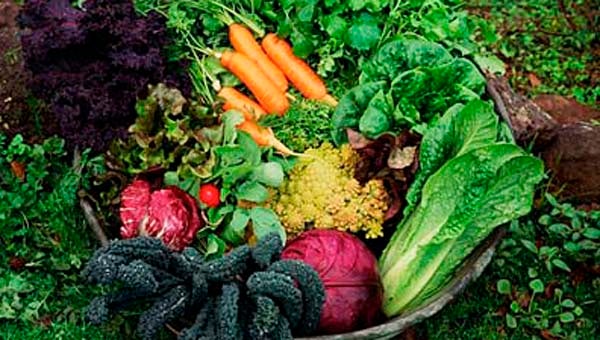Fall garden tips
Published 7:59 pm Wednesday, October 5, 2011

Though many people consider spring as the optimum planting season, there are also a number of plants and vegetables that can be grown during the fall. Radishes, beets, lettuce, spinach, beans and broccoli are all great choices. -- Special photo
Though spring and summer are usually times when gardeners pull up their sleeves, grab their gardening hoes and gloves in preparation to plant, the fall can still be an ideal time to grow your favorites.
Though many may choose to plant radishes, beets, lettuce, spinach, beans or broccoli, local farmers suggest planting fall crops in mid-September.
“Brussels sprouts, a fall crop, carrots, lettuces and maybe mustards, bulb onions and radishes can still be planted,” said Dallas County Regional extension agent Willie Datcher said. “Most of your beans will be out … most of the crops can be started in early March or April.”
And because there’s a risk for cold weather during fall months, Datcher encourages growers to keep plants safely covered during cold snaps.
“Most of what effects crops is not cold weather but the frost — which does more damage,” Datcher said. “Use plastic (or) newspaper to cover anything up (it) keeps frost from getting on plants. When the sun comes out the next day, be sure to take the covering off.”
Gardening personality Ed Hume said growing crops in the fall is an excellent solution for keeping soil cultivated and fertile at its peak levels. In addition, growing your own crops helps you save money.
“Many southern areas of the U.S. are actually more suited to winter crops, while some northern regions have to rely on cold frames, hot beds, or greenhouses,” Hume said.
“Local garden authorities can give you information about the timing of first frosts and the hardiness of various crops for your area.”
To lengthen your growing season Hume recommends using a south-facing wall of a home or shed, cold frames, hotbeds or cloches, which provide a warm climate around row crops.
And if you plan to grow crops during the winter months, Hume said November is an excellent time to prepare vegetable gardens by mulching.
“Do not plant the same fall or winter crops in the same location as they were planted the previous year or the summer season,” Hume said. “Not only will the soil be weakened through continual loss of the same nutrients, but plants will also attract the same insects and diseases to that part of the garden.”
Hume gives the following planting tips when growing crops.
Try successive plantings of quick growing item like leaf lettuce, beets, spinach and radishes.
Don’t be afraid to try planting some crops later than recommended. While it is a bit risky, the rewards are definitely worth the risk.
Self-blanching celery makes an ideal crop in cold frames if planted during July.
Chinese cabbages and mustards also grow especially well in cold frames.
Keep a record of what you planted and when, and what succeeded or failed to help you do better in the future.






